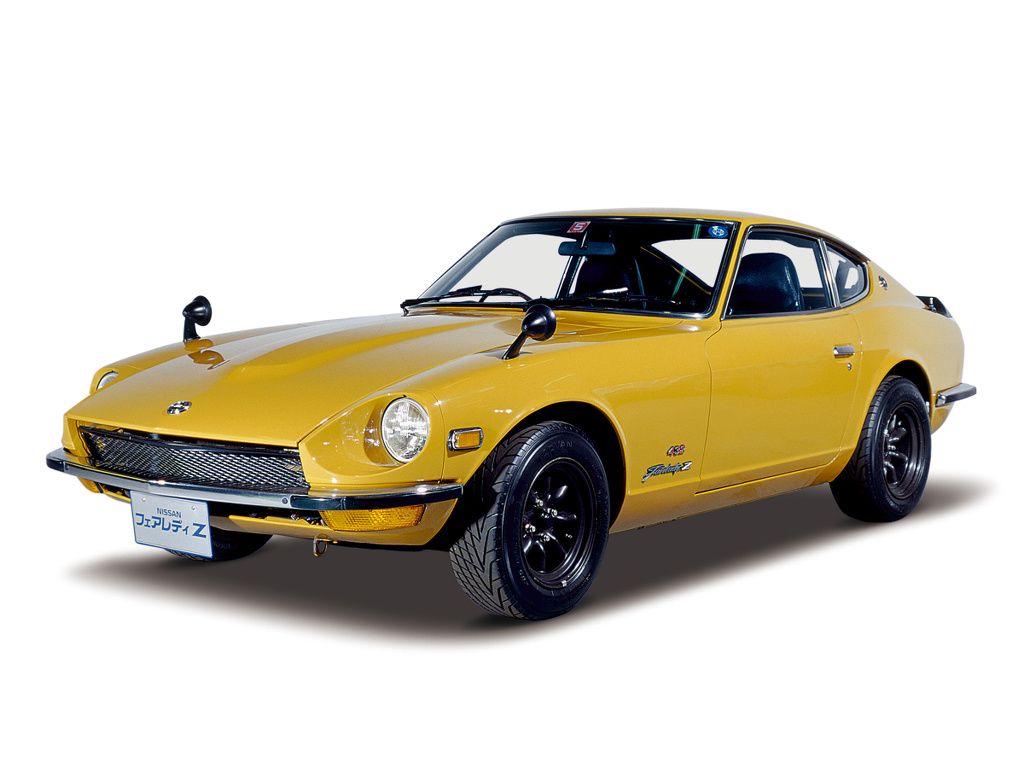richiep
Club Member
This is a “How To” thread based on a journey I’ve been undergoing recently as I begin organising my parts pile for the rebuild of my project car once exterior paint is done (I’ve already made a start underneath and inside the shell).
You may find yourself, if doing a full or partial resto or refresh with a big pile of bolts, washers, nuts, etc., with various subtle variations in lengths, heads, and markings, leaving you at a loss as what is supposed to go where and attach what. This is especially the case if you’ve had everything replated in bulk. Now I was fairly diligent in making a file of faster/hardware specs and locations as I dismantled Project Dixie, given it was a very tatty, but very original CA car. Still, I had a lot of extra hardware replated in addition to what came off the car (thanks to inheriting a large crate full from Pmac when he powered down his Z angle grinder…). Some bits and bobs also don’t get fully accounted for, so I had to get researching.
If you want to build a Z with the correct fasteners in the correct locations there are two resources on the web you need (unless you have hard copy equivalents available).
1) The S30 parts manual/s. The best online option for this is here:
 This allows you to search all the exploded diagrams and gives you all part numbers. However, it doesn’t tell you specifics of, say, a particular bolt, e.g., M8x16, medium tensile strength, zinc plated, etc.
This allows you to search all the exploded diagrams and gives you all part numbers. However, it doesn’t tell you specifics of, say, a particular bolt, e.g., M8x16, medium tensile strength, zinc plated, etc.
However, Nissan’s part numbers can be decoded to tell you exactly that. Leading me to resource..
2) http://datsun1200.com/modules/mediawiki/index.php?title=NES_Part_Numbers
The section relevant to Z cars begins at the section headed Metric.
The part numbers as presented in the parts manual break down into specific bits of information, allowing you to work out what fasteners are needed where.
EXAMPLE: 08120-61210 BOLT
0 standardization digit (starting ~1968)
8 Nissan Engineering Section prefix
1 Bolt
2 bolt type: Hexagon bolt, #Medium carbon steel
06 #Dimension Digits: =6mm (M6)
12 #Length Digits: 12mm
10 #Suffix digits: no special finishing
One of the other interesting bits is under the heading Strength. You may have noticed that many of the bolts used on Zs having ‘4’, ‘7’, or ‘9’ on the heads. These relate to the JIS (Japanese Industrial Standard) strength classification from low carbon steel (4 or blank), medium carbon steel (7) of high carbon steel (9). The table on the 1200 website gives the MPa for each. It basically allows you to work out torque specs without needing the service manual, Haynes manual, etc.
So, for that bolt example above, the code reveals it to be an M6x12mm hex bolt with a ‘7’ on the head (zinc plated).
Read through the Datsun 1200 site write-up as it is valuable if wanting to build things correctly rather than just slap a load of nuts and bolts from Screwfix on your cars!
You may find yourself, if doing a full or partial resto or refresh with a big pile of bolts, washers, nuts, etc., with various subtle variations in lengths, heads, and markings, leaving you at a loss as what is supposed to go where and attach what. This is especially the case if you’ve had everything replated in bulk. Now I was fairly diligent in making a file of faster/hardware specs and locations as I dismantled Project Dixie, given it was a very tatty, but very original CA car. Still, I had a lot of extra hardware replated in addition to what came off the car (thanks to inheriting a large crate full from Pmac when he powered down his Z angle grinder…). Some bits and bobs also don’t get fully accounted for, so I had to get researching.
If you want to build a Z with the correct fasteners in the correct locations there are two resources on the web you need (unless you have hard copy equivalents available).
1) The S30 parts manual/s. The best online option for this is here:

Datsun 240Z/260Z/280Z (S30) Parts Manual
Exploding parts diagrams and listings for the 1969-1978 Datsun 240Z, 260Z & 280Z model S30 series.
www.carpartsmanual.com
However, Nissan’s part numbers can be decoded to tell you exactly that. Leading me to resource..
2) http://datsun1200.com/modules/mediawiki/index.php?title=NES_Part_Numbers
The section relevant to Z cars begins at the section headed Metric.
The part numbers as presented in the parts manual break down into specific bits of information, allowing you to work out what fasteners are needed where.
EXAMPLE: 08120-61210 BOLT
0 standardization digit (starting ~1968)
8 Nissan Engineering Section prefix
1 Bolt
2 bolt type: Hexagon bolt, #Medium carbon steel
06 #Dimension Digits: =6mm (M6)
12 #Length Digits: 12mm
10 #Suffix digits: no special finishing
One of the other interesting bits is under the heading Strength. You may have noticed that many of the bolts used on Zs having ‘4’, ‘7’, or ‘9’ on the heads. These relate to the JIS (Japanese Industrial Standard) strength classification from low carbon steel (4 or blank), medium carbon steel (7) of high carbon steel (9). The table on the 1200 website gives the MPa for each. It basically allows you to work out torque specs without needing the service manual, Haynes manual, etc.
So, for that bolt example above, the code reveals it to be an M6x12mm hex bolt with a ‘7’ on the head (zinc plated).
Read through the Datsun 1200 site write-up as it is valuable if wanting to build things correctly rather than just slap a load of nuts and bolts from Screwfix on your cars!



